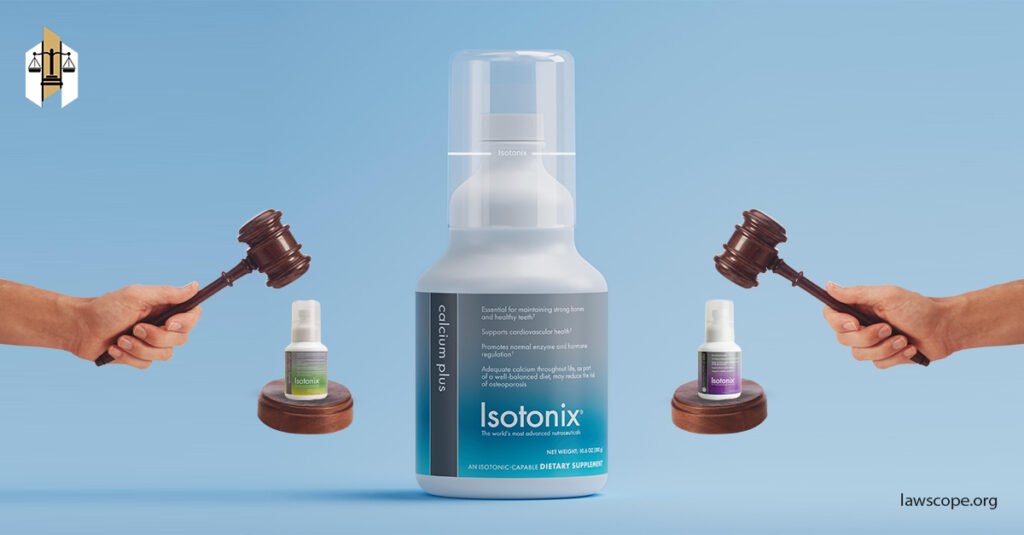
When families place their loved ones in nursing homes, they trust these facilities to provide proper care, dignity, and safety. Unfortunately, instances of neglect and abuse can lead to premature or wrongful death. Understanding what constitutes wrongful death in nursing homes, recognizing warning signs, and knowing how to pursue justice is essential for families facing these devastating situations.
What Constitutes Wrongful Death in Nursing Homes
Wrongful death in nursing homes occurs when a resident dies due to negligence, abuse, or improper care that could have been prevented. These deaths result from failures to meet the standard of care required by law and professional practice.
Common Causes of Wrongful Death
Neglect-Related Causes:
- Dehydration or malnutrition from inadequate food and fluid intake
- Pressure ulcers (bedsores) that become infected due to immobility and lack of repositioning
- Medication errors, including over-medication, under-medication, or improper medication combinations
- Falls resulting from inadequate supervision or safety precautions
- Delayed medical attention for acute conditions
Abuse-Related Causes:
- Physical abuse resulting in traumatic injuries
- Emotional abuse contributing to decline in health or suicide
- Financial exploitation leads to the inability to access necessary care
Systemic Failures:
- Understaffing resulting in the inability to monitor residents adequately
- Improper training of nursing home staff
- Failure to follow infection control protocols leads to fatal infections
- Inadequate emergency response procedures
Warning Signs That Should Have Been Addressed
Wrongful deaths in nursing homes are often preceded by warning signs that, if properly addressed, could have prevented the fatality.
Physical Warning Signs
- Unexplained weight loss or signs of dehydration
- Recurring falls or unexplained injuries
- Untreated wounds or infections
- Overmedication symptoms such as excessive sedation
- Poor personal hygiene or unsanitary living conditions
Behavioral and Emotional Warning Signs
- Unusual fearfulness or withdrawal
- Sudden changes in behavior or alertness
- Depression or expressions of hopelessness
- Reluctance to speak in front of staff members
Administrative Red Flags
- High staff turnover rates
- Violation histories in state inspections
- Reluctance to allow family visits or monitoring
- Poor communication about changes in the condition
- Inadequate documentation of care
Legal Framework for Wrongful Death Claims
Wrongful death claims in nursing home settings involve a complex intersection of elder law, personal injury law, and healthcare regulations.
Legal Elements of a Wrongful Death Claim
- Duty of Care: The nursing home had a legal obligation to provide reasonable care
- Breach of Duty: The facility failed to meet this standard of care
- Causation: This failure directly caused or significantly contributed to the death
- Damages: The death resulted in measurable damages to survivors
Types of Damages Recoverable
- Medical expenses related to the injury or illness that led to death
- Funeral and burial expenses
- Pain and suffering experienced by the resident before death
- Loss of companionship for family members
- Punitive damages in cases of gross negligence or intentional misconduct
Steps for Families Seeking Justice
Families who suspect their loved one’s death resulted from nursing home negligence or abuse should consider these important steps:
Immediate Actions
- Request a full medical examination and detailed autopsy if circumstances are suspicious
- Secure all medical records and documentation related to care
- Document any observed signs of neglect or abuse with photographs and written accounts
- Report concerns to appropriate state agencies, including Adult Protective Services and the state nursing home licensing board
Legal Process
- Consult with an attorney specializing in nursing home abuse and wrongful death
- Determine the appropriate parties to name in the lawsuit (facility, parent company, specific staff members)
- Gather evidence including witness testimonies, expert opinions, and facility records
- File within the statute of limitations, which varies by state but typically ranges from 1-3 years
Preventing Wrongful Deaths in Nursing Homes
While legal recourse is essential after a wrongful death, prevention remains the primary goal.
For Families
- Research facilities thoroughly before placement
- Visit regularly and at varying times
- Know the signs of abuse and neglect
- Establish relationships with multiple staff members
- Participate actively in care planning meetings
For Facilities
- Maintain appropriate staffing levels and training
- Implement comprehensive fall prevention programs
- Develop proper protocols for medication management
- Ensure adequate nutrition and hydration monitoring
- Create a culture of accountability and reporting
Systemic Change and Advocacy
Beyond individual cases, addressing wrongful deaths in nursing homes requires broader systemic changes:
- Advocating for stronger regulations and enforcement
- Supporting increased federal and state funding for oversight
- Promoting transparency in nursing home quality metrics
- Encouraging the development of better staffing models and care approaches
Conclusion
The death of a loved one in a nursing home is always tricky, but when that death results from negligence or abuse, families face additional trauma and grief. Understanding the warning signs, legal options, and avenues for accountability can help families navigate these complex situations while working toward a future where such preventable deaths no longer occur. Through individual advocacy, legal action, and systemic reform, we can work to ensure nursing homes fulfill their promise to provide dignified, safe care for our most vulnerable elderly population.
Also Read:
Distracted Driving: A Leading Cause of Truck Accidents in The United States
The Hidden Dangers of Fast Food: Slip and Fall Risks at McDonald’s


